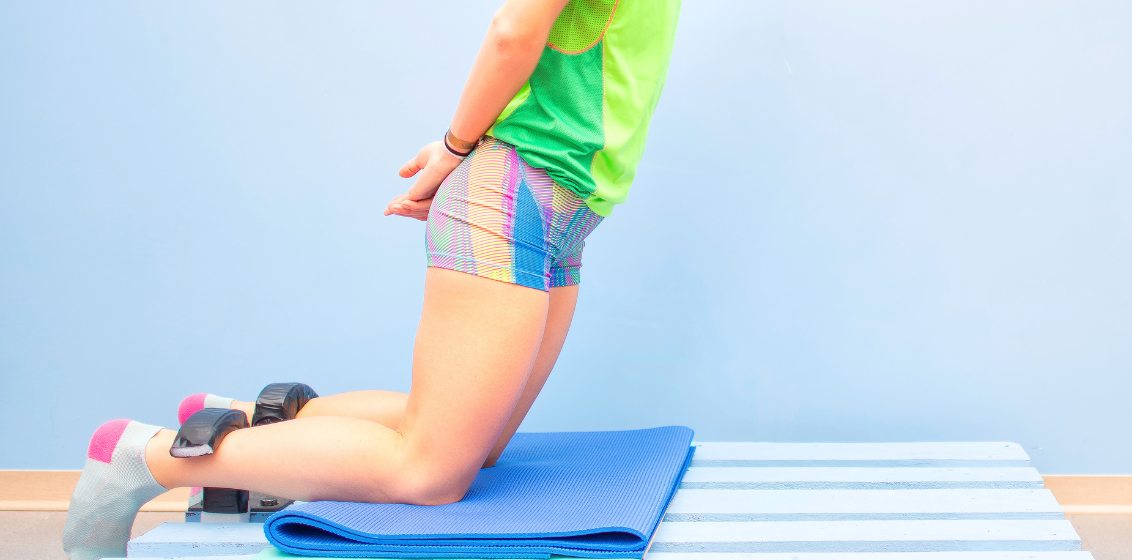Stress Fracture: Avoid the Pacman!

Did you make a New Year’s resolution to get fitter this year, lose some weight or join a gym or bootcamp? Making a big change in your exercise level causes soreness you can feel immediately, usually day 2 is the worst right? Well 6-12 weeks after changing your training levels there’s another soreness that is common, caused by stress fractures in your bones. Let’s talk through the interesting science behind this and how you can prevent yourself missing 2-6 months of training by avoiding a stress fracture.
Bricklayers vs Pacman
Bone is an active, changing tissue. Bone remodeling is where bone undergoes continual repair and replacement at the same site at the same time throughout adult life. On average, 10% of the skeleton is replaced every year. There are two teams of cells inside normal bone that are doing this work all the time: osteoclasts and osteoblasts.
Osteoclasts are cells like a Pacman. These guys move in first. They munch on bone cells and release calcium into the blood stream. Luckily a team of bricklayers, the osteoblasts, follow quickly and lay down new bone straight away.
Everything is fine as long as the balance of activity between these two cells is maintained. Imbalances are usually caused by accumulated micro-damage in the bone from an increase in load (high impact exercise, running) and inadequate recovery (no rest days). This usually slows down the bricklayers while the Pacmen are still munching away, and results in decreased bone density. If the load on the bone remains high, eventually bone pain results from a stress fracture, most commonly in the shin, foot and ankle bones.
What can disturb the bricklayers?
There are a number of things that can disturb the normal remodeling balance
- Increasing load on bones: rapid changes in the forces (run speed, jumping) or number of loading cycles (run distance) in bone
- Fatigue or low muscle mass: muscle contractions protect bone from stress. Having skinny calves or running with high levels of muscle fatigue increases load on your bones
- Energy imbalance: either intentional calorie restriction to lose weight, an eating disorder, or excessive energy burning from exercise can cause a reduction in energy available for normal body processes. In females this can show up as menstrual cycle abnormalities, decreased bone density and stress fracture. Absent periods can increase bone injury risk in females by 4-6 times compared to those with a regular cycle.
- Drastic changes in running surface can change bone loading patterns
- Calcium and Vitamin D dietary intake: these 2 work together to ensure mineral density in bone. 1000-1300mg of calcium and 600iU of Vitamin D are the recommended dietary intake for running athletes.
Usually there is a combination of these factors (and more), at play to disturb the remodeling process and cause bone stress injury. Interestingly, it is usually at about the 6 week mark after these factors start that maximum Pacman function hits, which explains the spike in shin splints and stress fractures we see around this time (Mid-February) every year.
So What Can You Do Right Now To Prevent Stress Fractures
- Gradually increase high impact exercise and running. 10% increases per week is a traditional suggestion but it may be more, or less than this for you
- Don’t ignore niggling, exercise related pain in the instep, ankle, shin or groin. Get checked out early
- Make sure you are getting adequate recovery, especially if you’ve joined a fitness challenge, a new Gym or training group, or ramped up your training hard since the new year. Most of us need a rest day after high impact sessions. Use that day to do cross training off your feet (swim, bike) or strength training or a stretch session. Stacking 6 high impact days one after the other is not optimal.
- Address non-exercise sources of stress that can impact your bone. Stress from all sources including work, home, family as well as poor sleep and a hectic high-paced lifestyle combines to impair our healing and regeneration. The Israeli army drastically cut their stress fracture rates by enforcing mandatory minimum sleep times in basic training and reducing marching distance.
- Perform heavy resistance training, including some high impact plyometrics 2-4 times a week. This stimulates strong bones, complements whatever other training you are doing



